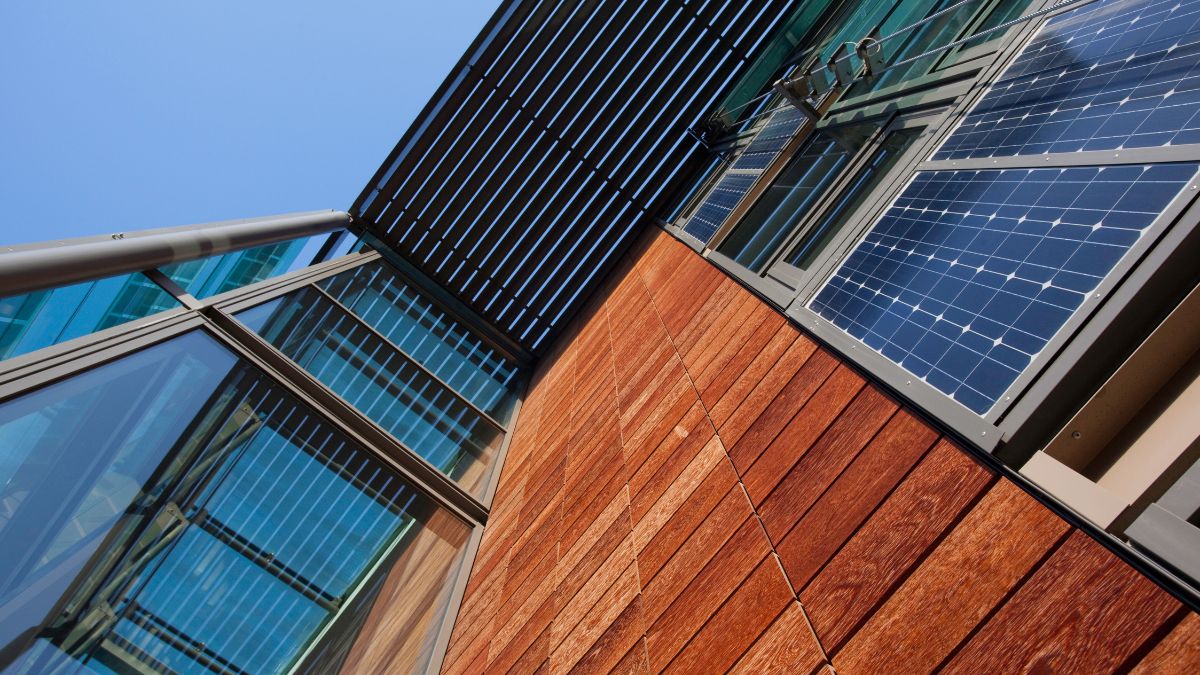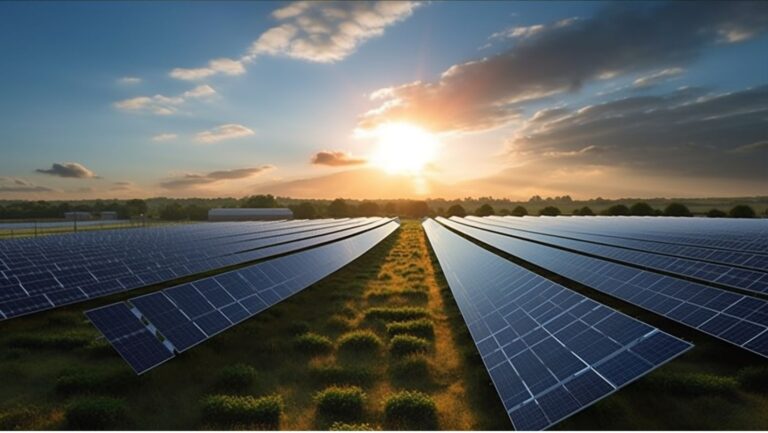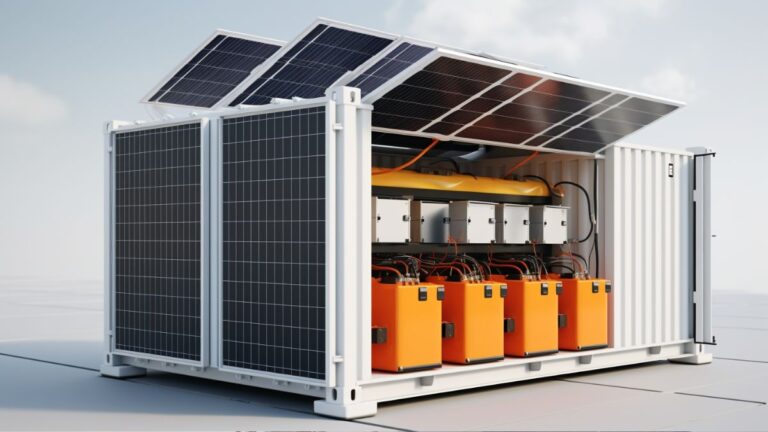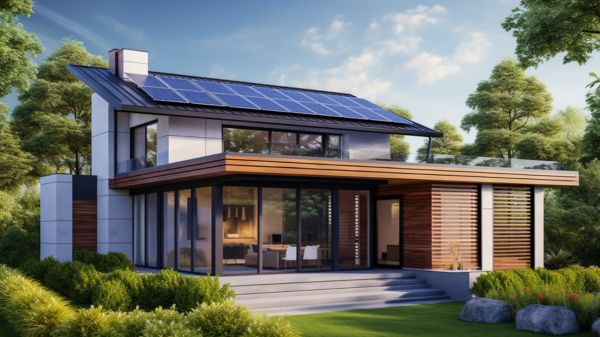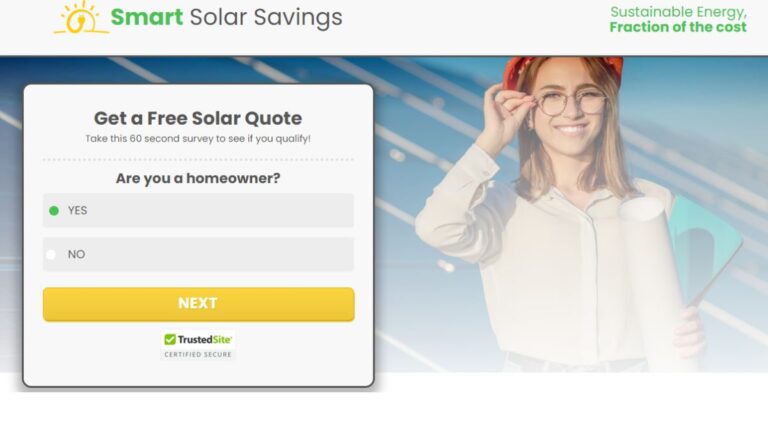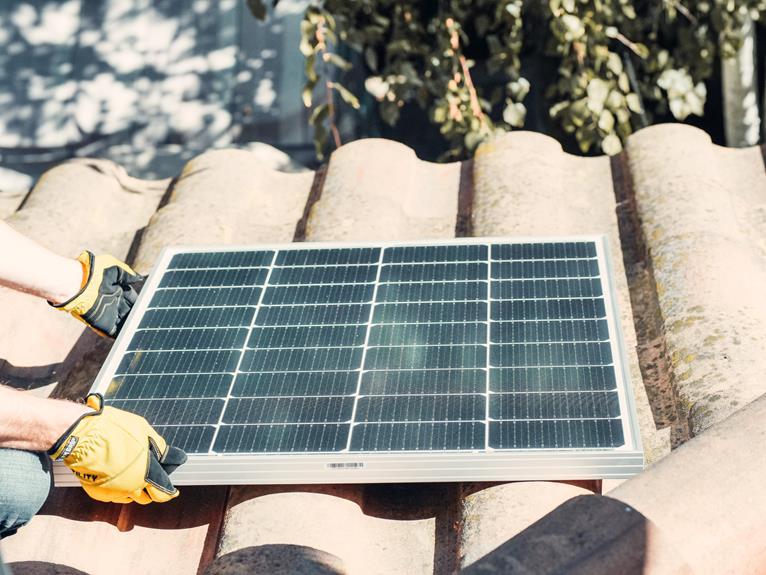How Tilting Solar Panels Can Supercharge Your Energy Generation!
Solar panels work by converting sunlight into electricity, they have the potential to make the world a better, greener place and save you money. The sunlight generates direct current (DC), which the solar system converts into alternate current (AC) that provides electricity to your home or business.
The more sun rays the solar panels receive, the more electricity they generate. You can ensure optimum solar energy efficiency by maximizing the sunlight that hits each panel.
One way to ensure efficient electricity generation is to tilt the panels to maximize sun contact. While every place on earth receives sunlight, the amount of solar radiation varies significantly depending on your location. You can alter the angle of your solar panels to get the maximum amount of sunlight for your location and the current season.
Solar Panel Orientation And Angle
Different variables influence the optimal angle for your solar panels. For one, the slope of your roof matters, as does the location and the orientation of your roof. A good installer will consider these variables when they perform the initial site inspection before installation.
Roof Orientation
The direction your roof faces can significantly affect the design of your solar panel system. The ideal placement will depend on the direction of the sun rays, which is measured by the solar azimuth angle. In general, a north-facing roof is best for solar panels in Australia, but solar systems can be very effective on east and west-facing rooftops too.
In most instances, solar panels will be installed at the angle of the roof since additional tilted bracing and framing can increase the cost. However, the increased efficiency you get from having the proper angle will not necessarily improve the return on your investment.
Why Angles Matter for Solar Power Generation
The proper angle is essential for getting the most out of your solar panel system. Depending on the location, direction of the roof slope, shade from trees and other buildings, or topography, you may need to rely on framing and other elements to ensure your panels give you the fastest return on your investment.
With ideal placement and tilt, a solar array can pay for itself in as little as four years.
Best Angle for Solar Panels
The general rule is that the angle of your panel should be equal to the degree of latitude of the install location. However, if the natural slope of your roof is within 15 degrees of that optimal number, you will only lose about 1.5% efficiency.
The relationship between latitude and panel angle means that the closer you are to the equator, the lower the required angle. That is why the best tilt for solar panels in Darwin is 12.5 degrees, while it is 42.9 degrees in Hobart.
If the natural slope of your roof varies substantially to the latitude, or your roof is borderline flat, adding tilt frames to your system may be worth considering.
When Should Solar Panel Tilt Frames Be Used?
You may not need to tilt your solar panels, depending on the angle of your roof and your location. However, in other situations, it may be necessary to change the angle of the panels.
Here are some situations where you would want to tilt your solar panels.
- To compensate for a flat roof
- To account for seasonal changes
- To keep your solar panels clean
To Compensate for a Flat Roof
If you have a flat roof, you will want to tilt your panels to be at the optimal angle for your city. Every location in Australia can benefit from tilting solar panels to compensate for a flat roof.
To Account for Seasonal Changes
Different seasons mean different sun positions. You may want to adjust your solar panels to get the best angle throughout the year. The further south you are, the more severe the seasonal changes.
To Keep Your Solar Panels Clean
Flat panels can collect dust and debris more quickly than slanted units. You can tilt your solar panels to help keep them clean. This step will also improve efficiency because dirty panels cannot absorb as much energy from the sun.
Tilt Frames to Account for Orientation
It is rarely worthwhile installing tilt frames to account for less than ideal orientation, even if your rooftop faces south. If your rooftop faces south, you may think that tilting your panels to the north is a great idea to get more exposure to the sun. However, solar power calculations rarely work out in favour of doing so.
Using tilt frames is great in theory but on a south facing roof, they can cast a shadow on the next row of panels. To avoid this shading issue, you can space the row of frames further apart, but in doing so, you forgo valuable roof space.
Install More Panels Instead
It is often better to install more panels at a less than ideal orientation, than to pay extra for the tilt frames to improve exposure to the sun.
How Much Do Tilt Frames Cost?
The amount of money you spend on solar power system installation and the tilt mounts will vary. The price tag will depend on the installer, the size of your array, and its location. Expect to pay around $50 per tilt frame from a Clean Energy Council (CEC)-certified installer. For a 6.6kW system consisting of 18 panels, you’re looking at an extra $900 for tilt frames.
Once you have quotes from an installer to compare a system with tilt frames versus a system without, you can perform solar power calculations to calculate the generation and payback period difference. Unless there is a need to tilt your panels, you’ll often find that using tilt frames to maximize sunlight exposure is not worthwhile.
